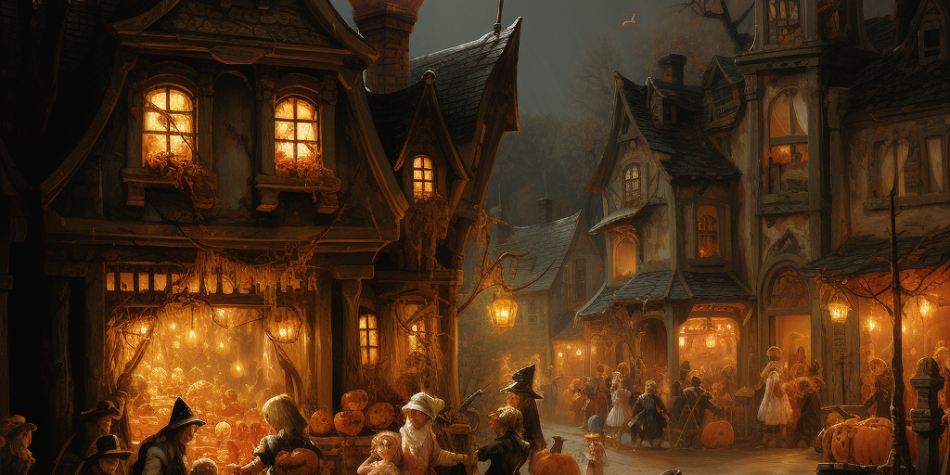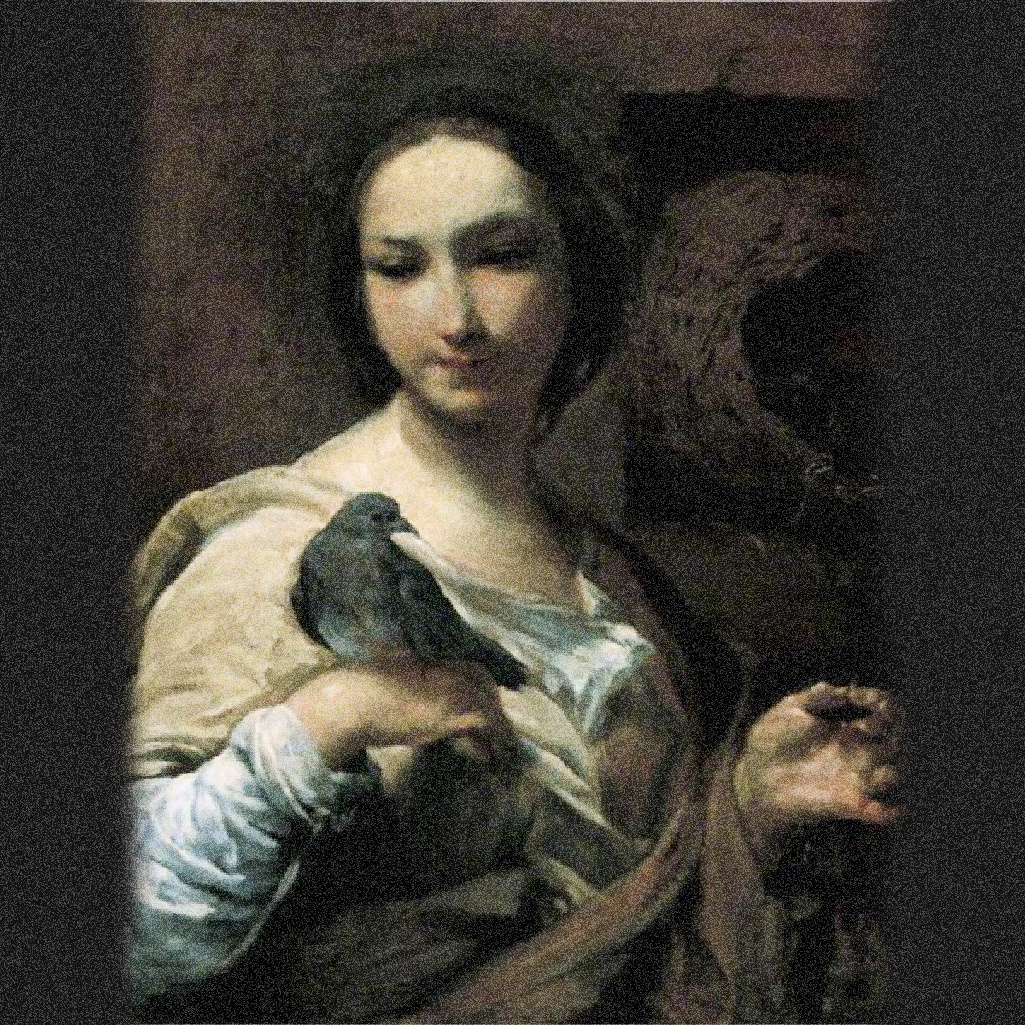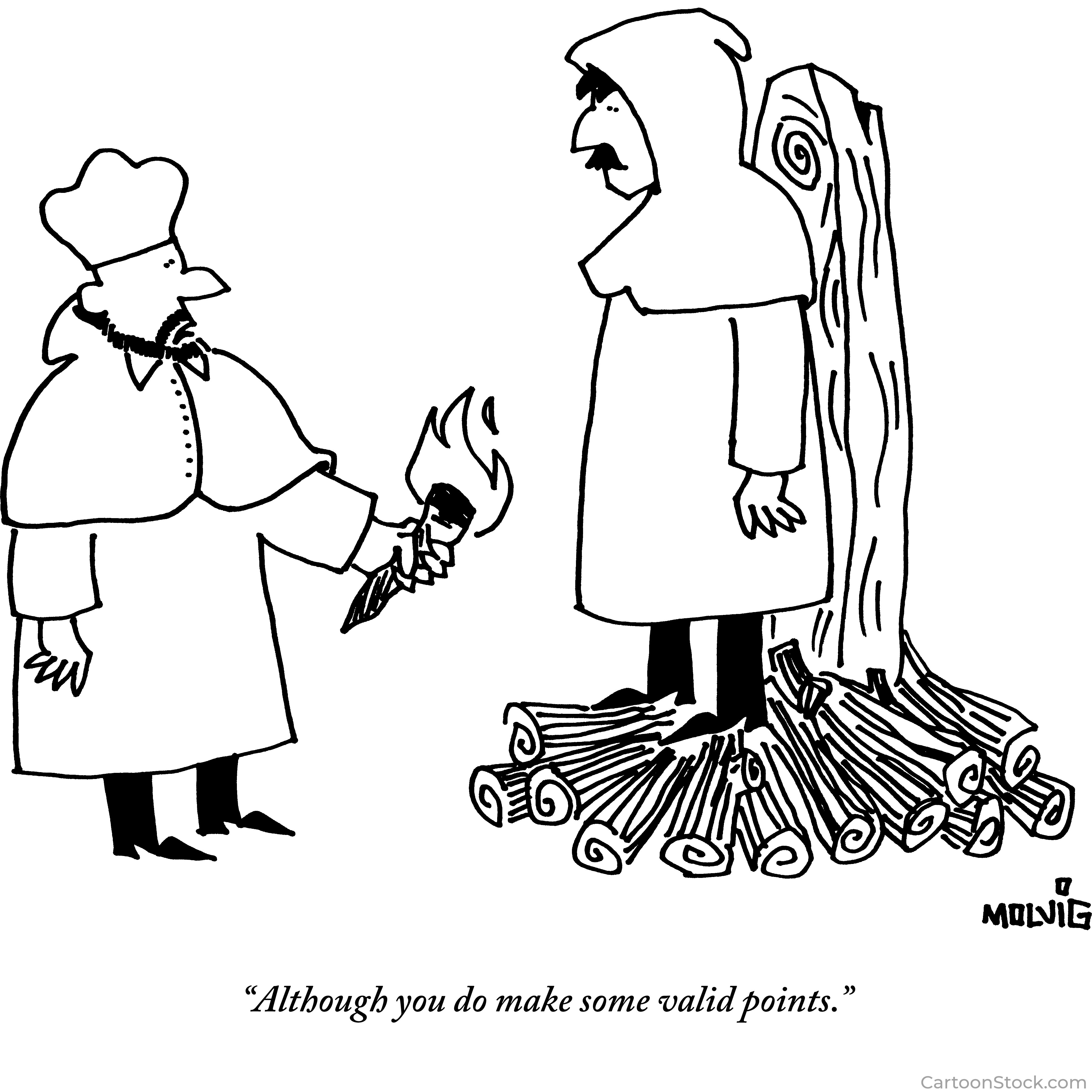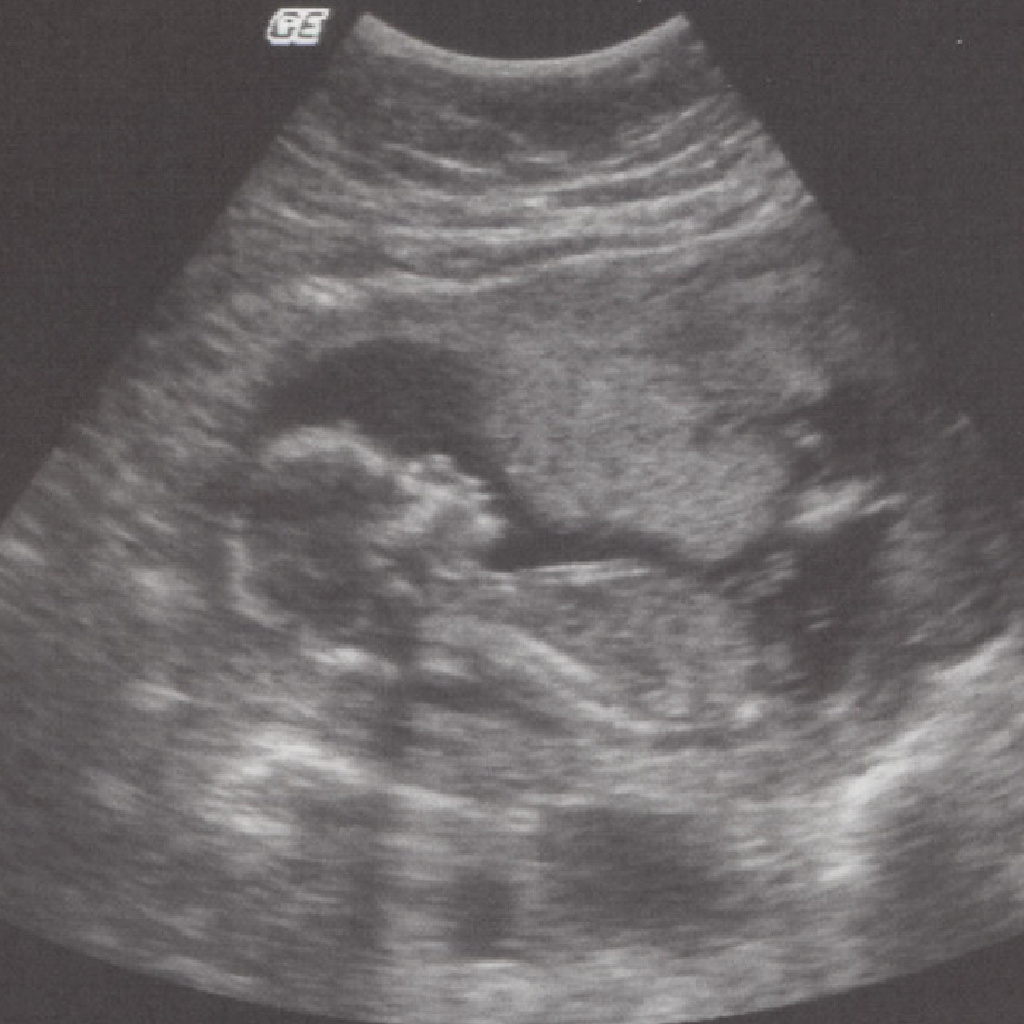Halloween, with its themes of communing with the beyond and the camaraderie of costume and candy-sharing, already holds a cherished place in the hearts of many Latter-day Saints.
Reflecting on the celebration of Christmas, Elder Bruce R. McConkie, a late member of The Church of Jesus Christ of Latter-day Saints Quorum of the Twelve Apostles, said that despite questions as to the day of Jesus’ actual birth, “the saints nevertheless join in the wholesome portions of the Christmas celebration. Christmas becomes to them an ideal opportunity to renew their search for the true spirit of Christ.” In much the same way, Latter-day Saints have taken the opportunity of Halloween to celebrate imagination and community.
Halloween has often been utilized and repurposed in different ways for different communities. However, Halloween could more fully be sacralized, especially by Latter-day Saints, due to many meaningful connections between the holiday and the faith of the Church of Jesus Christ. Family and community is a cornerstone.
Community Bonding
The tradition of trick-or-treating, a playful parade of costumes through neighborhood streets, embodies a sense of communal gathering. It is one of the few core holiday traditions that require us to gather with those outside of our families.
This seemingly simple activity that connects us to our neighbors and communities deeply resonates with Latter-day Saint values.
The principle of family and community is a cornerstone in Latter-day Saint doctrine, emphasizing a network of support, love, and shared growth.
Latter-day Saints in the United States have increasingly moved toward this idea in the last decade, often hosting trunk or treats, which becomes a way to set the interpersonal dynamics of trick or treating within the ward community.
The benefits of this could be enhanced by turning ward trunk or treats into community trunk or treats—preserving the safety benefits while doubling down on the community-mindedness of the Latter-day Saint faith.
The whimsy of Halloween thus becomes a vessel, carrying along a river of faith and fellowship, embracing the joyous spirit of the season, anchoring them in cherished beliefs and communal bonds.
Gratitude
In many ways, Thanksgiving has been sacralized by many different faith groups. Among Latter-day Saints, their President, Russell M. Nelson, called for a social media campaign to #GiveThanks in the buildup to Thanksgiving 2020.
The #GiveThanks movement has remained alive over the past few years. Latter-day Saints have long had hymns that are used to celebrate the thanks of the harvest.
For many, Thanksgiving also marks the beginning of the Christmas season. In a similar vein, Halloween could be used to mark the beginning of a season of Thanksgiving. This corresponds nicely with the lengthening of Thanksgiving festivities with the #GiveThanks campaign.
Many Halloween festivities include food from the fall harvest, such as pumpkin baked goods or chilis. And ward or community potlucks, which are often held during this time of year, are an intuitive way to integrate this sentiment.
In Latter-day Saint teachings, gratitude is a virtue often extolled. The scriptures remind us, “And he who receiveth all things with thankfulness shall be made glorious; and the things of this earth shall be added unto him, even a hundredfold, yea, more” (Doctrine and Covenants 78:19). This principle finds a harmonious echo in the season of Halloween, where the bounty of the harvest can be celebrated with a heart full of thanks.
A harvest festival is one of the key progenitors of our modern Halloween. Halloween is more or less an amalgamation of the Roman Feralia celebration, which celebrates the passing of the dead, with the Celtic Samhain celebration, which includes dressing up and giving thanks for the harvest. While the dressing up and connection to the past have remained, it provides a natural opportunity to launch a season of Thanksgiving that culminates several weeks later.
Aspiration, Imagination, Fear
While the tradition of dressing up on Halloween traces back to ancient celebrations, where disguises were donned to ward off harmful spirits, the practice could be adapted to better resonate with religious purposes.
This playful act could work to accomplish three key purposes: overcoming fear, nurturing aspirations, and fueling imagination, each resonating with the doctrines of The Church of Jesus Christ of Latter-day Saints. Dressing up in costumes often allows individuals to face fears in a controlled, playful environment. For instance, donning a costume of something fearsome or confronting characters in spooky attire can be a form of catharsis. This aligns with Latter-day Saint doctrines that encourage facing fears with faith. Scriptural accounts like David facing Goliath depict how faith empowers individuals to confront and overcome fears. Dressing up paves the way for imaginative exploration.
Furthermore, dressing up paves the way for imaginative exploration, allowing individuals to step into different roles and narratives. This imaginative play is not only fun but can help develop empathy as children imagine what it is like to be other people or creatures. Moreover, the act of embodying different characters through costumes can act as a practice for recognizing and understanding symbolic meanings.
Incorporating these themes into Halloween costume choices can enrich the celebration, making it a more meaningful and faith-affirming experience.
Honoring the Departed
Dia de Los Muertos, traditionally celebrated in Mexico and parts of Central America, is a rich cultural event where families honor and celebrate their departed loved ones. This tradition, as explored by Elizabeth Carmichael and Chloe Sayer in “The Skeleton at the Feast: The Day of the Dead in Mexico,” involves creating altars adorned with photos, mementos, and the favorite foods of the deceased.
Like Halloween, Dia de Los Muertos symbolizes death with the end of harvest and the beginning of winter. Consequently, it is celebrated at the same time as Halloween. And in areas of the world where cultures celebrate both, the occasions have started to merge.
In Hermosillo, Sonora, Mexico, Fausto Alfonso Guerrero, a Latter-day Saint, shared a tradition where his family visits graves and shares stories of ancestors during this holiday, embodying a sense of remembrance and storytelling. This practice is further encouraged by the Church of Jesus Christ, which urges members to share messages of faith, hope, and life after death during this period through a special campaign. The campaign, detailed on a dedicated page available in Spanish, provides resources like videos and social media images to facilitate sharing messages that inspire love and gratitude for the Savior and hope for life after death.
Many Latter-day Saints, especially those of Hispanic heritage, already resonate with Dia de Los Muertos traditions, finding them to be a meaningful way to honor ancestors. The tradition of remembering family members who have passed aligns with Latter-day Saint teachings on family history and the eternal family unit. In a similar vein, storytelling during this time can foster a deeper appreciation and understanding of one’s heritage and the principles of faith.
By drawing from the rich well of Dia de Los Muertos traditions that, like Halloween, speak to death but do so in a more reverent way, Latter-day Saints can use these holidays to strengthen their commitment to family history. Perhaps it is no coincidence that while Halloween and Dia de Los Muertos both celebrate the autumn and a turn to our ancestors, Moroni appeared to Joseph Smith near the autumnal equinox and repeatedly spoke of the importance of turning the hearts of the children to the fathers. In the same way, Halloween could begin a season of gratitude that culminates with Thanksgiving; perhaps a celebration of the anniversary of Moroni’s appearance to Joseph Smith could begin a season of focus on family history that culminates with Halloween.
A Better Tradition
Exploring a reimagined Halloween through the lens of Latter-day Saint values and the tender tradition of Dia De Los Muertos invites a deeper, faith-centered celebration. This fusion allows for a unique experience, merging the playful aspect of Halloween with the profound act of honoring ancestors, all within a community of faith. This blend encourages a deeper reflection on life, death, and the eternal bonds of family, amidst the jovial spirit of Halloween. Embrace a Latter-day Saint Halloween.
Community events blending these traditions provide a vibrant platform for celebration. A neighborhood parade featuring costumes of scriptural characters, historical Latter-day Saint figures, or ancestors can offer both a fun and enlightening experience. A community potluck ending with a shared storytelling session about ancestors or faith experiences can foster a sense of community and shared heritage.
Individuals and families who have explored this blend of traditions share enriched experiences where the playful revelry of Halloween intertwines with heartfelt reflections on faith and family lineage. One family shared, “It was like bridging the present with the past, all while having a joyous celebration.”
As autumn arrives, an invitation to embrace a Latter-day Saint Halloween unfolds. By intertwining the lively spirit of Halloween with deep-rooted values of faith and the tradition of honoring ancestors, this holiday does not need to take away from or be irrelevant to our faith. It provides many opportunities to actively engage in the principles of greatest importance to us.
This beautiful meld of traditions presents a vision of how faith can delicately entwine with secular celebrations, creating a space where community, family, and faith flourish amidst the festive revelry. As the laughter of children in playful costumes echoes through the autumn night, may it resonate with the deeper chords of faith, love, and eternal bonds, ushering in a Halloween celebration that is as heartfelt as it is joyful.

















